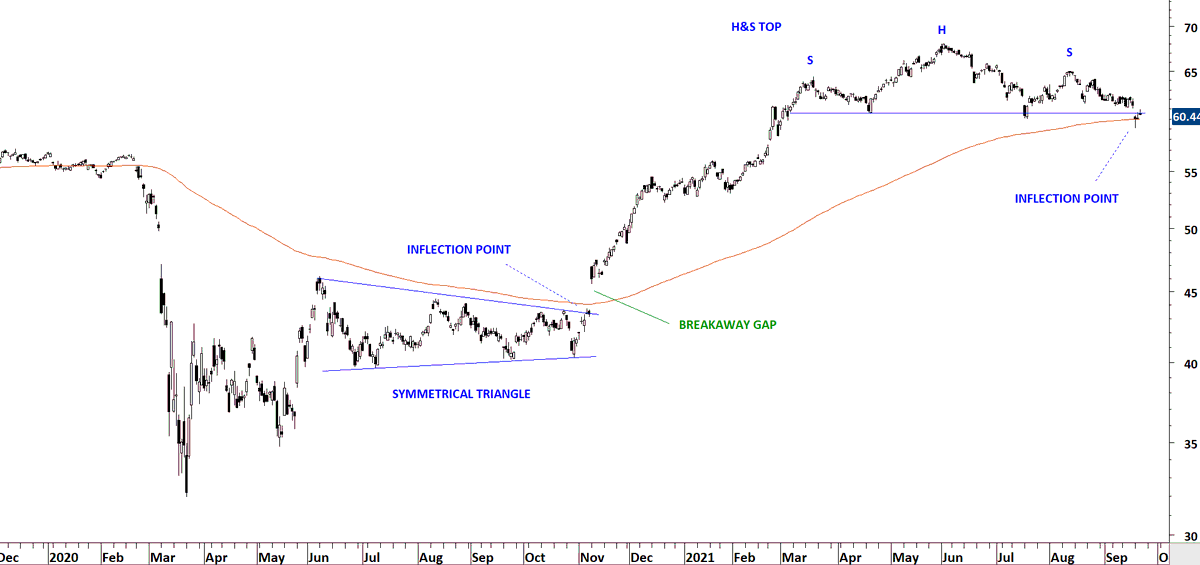
If after a breakout your position is holding its gains and not turning negative (no challenge of pattern boundary), chances are high the move will extend way beyond the price objective.
In such cases employ a trend following tool to capture more of the uptrend.
In such cases employ a trend following tool to capture more of the uptrend.

• • •
Missing some Tweet in this thread? You can try to
force a refresh















